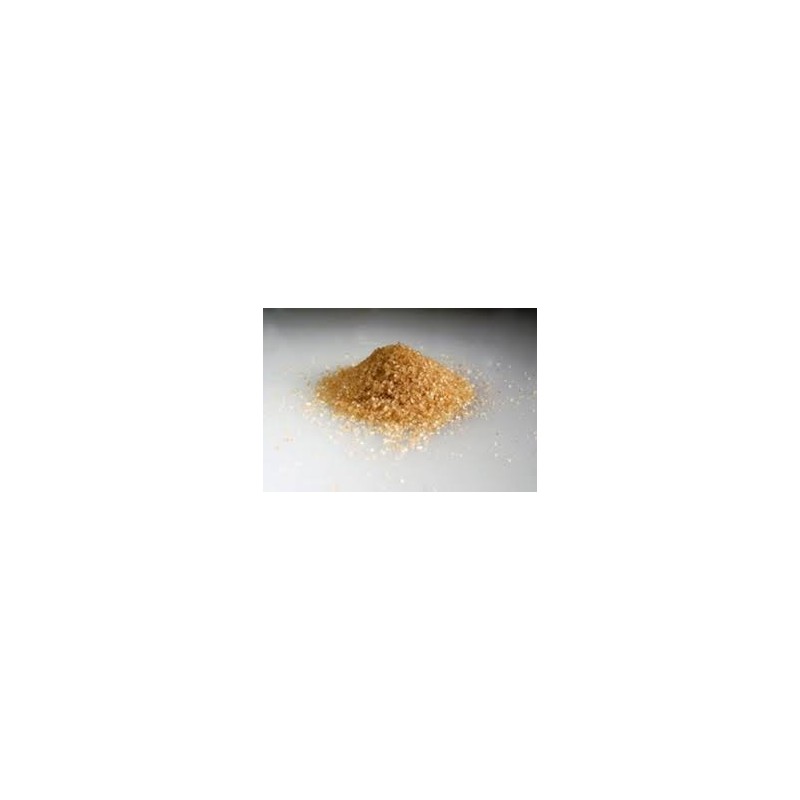



SUGAR
Sugar is an organic, crystalline and sweetening substance that belongs to disaccharides. It is a chemical compound of a glucose molecule and a fructose molecule as a product of plant cell photosynthesis. Its molecular chemical formula is C12H22O11 and in its pure form it is white and colorless. Sugar is made from sugar cane, sugar beet, maple, barley, sorghum, wild date palm, palmyra palm, toddy palm, coconut palm, sugar palm, and as sugary juice from juvaia and nypa.
The word sugar etymologically comes from the Sanskrit word "śarkara", which originally meant sand or gravel. The ancient Indian name of gaura apparently came from the name "Gur", an ancient hegemony of Bengal. Today in India it is called "gyr". Sugarcane was cultivated in India as early as the 1st millennium BC, but reached North Africa and Southern Europe in the 8th century BC. Sugar making is said to have been known in India since the 3rd millennium BC. The history of sugar begins with the discovery by the soldiers of Alexander the Great, in the valley of the Indus River, of a reed that gives "honey without bees." The sugarcane plant originates from the island of S. Guinea in the Pacific Ocean. Since prehistoric times it was brought by man to India, where it was cultivated for the first time. Sugar came to Europe in the 8th century AD, from the Moors when they settled in Spain, but also from the Crusaders, who looting Arab caravans revealed this "sweet salt". The conquest of America offered the European colonists vast lands suitable for the cultivation of sugar cane. The enormous wealth generated by the sugar trade by 1750 was worth its weight in gold, and was the driving force behind the massive colonization of the Caribbean by the British and French, and Brazil by the Portuguese.
Nowadays, the production of sugar, due to the heavy machinery required, is industrial and is carried out by special factories called sugar factories. In the sugar mill the cut plant raw materials of the sugar cane are chopped and compressed in presses. The resulting juice is purified by the addition of lime and then boiled in a partial vacuum (which lowers its boiling point) until it becomes a thick syrup that acquires a brown color from concentrated impurities. As the water evaporates, the sugar condenses so much that the liquid can no longer hold it and turns into solid crystals. The liquid crystals are dried in a centrifuge. The syrup (molasses) is removed leaving a wet brown sugar containing a mixture of fungi, bacteria, soil, fibers and various other plant and insect debris.
Some studies argue that the overconsumption of sugar, in the case of gluttonous behavior, can affect some neural pathways, such as that of dopamine, which reinforce this behavior, and therefore lead to a desire for even more sugar consumption. Also, the sweet taste causes pleasure, as a result of which we seek to consume it even more. Excessive consumption of white sugar has been linked to cardiovascular disease and cancer. It can cause an increase in LDL-bad cholesterol and triglycerides and a decrease in HDL-good cholesterol. It increases blood glucose levels and is contraindicated in people with diabetes. It causes chromium deficiency and reduces the absorption of calcium and magnesium. It has also been linked to a number of periodontal diseases and significantly increases the free radicals that cause skin aging and wrinkles. It has also been wrongly linked to the onset of diabetes which is the result of a combination of genetic and environmental causes.
The benefits of sugar, although significant, are often overshadowed by the accusations that have been made about the sugar cane product. Sugar contains simple sugars, which are essential in our daily diet, especially when we need immediate stimulation and energy. Simple sugars have the ability to quickly raise blood glucose levels which is the brain and muscle's "food" par excellence. However, not only sugar contains simple sugars, but also honey and fruit.
Raw Demerara sugar is produced from the sugar cane Saccharum officinarum (Medicinal sugar) which belongs to the Poaceae family and originates from New Guinea.
The plant grows in clumps and produces a number of reeds that are from 2 to 7m in height. Each reed is divided into several "knees" and on each knee there is also a bud. When the sugar cane is ripe, a slender shoot grows from its top, bearing many small flowers. The color of the shoot is white to yellow or deep green, but it can be